|
Wilson's Snipe(Gallinago delicata) is an uncommon fall or winter visitor to Leaning Oaks, in fact we have only two observations here in the 19 years we have been here. Snipe however are difficult to see if they don't move, so its likely we have overlooked some. This is a species that has had an uncertain taxonomic history. My earliest bird books had it as a separate species from the one found in Europe, but for a long time it was lumped with the old world Common Snipe. Recently it was re-split off as its own species, due to differences in morphology and the "winnowing" display sounds it makes during courtship flights. "Snipe" is derived from the word "snite" or "snout" and refers, of course to the extremely long bill of this species. The eyes of a snipe are set far back on its head, which allows it binocular vision both fore and aft, handy when you spend a good deal of your life "snite-deep" in mud!
0 Comments
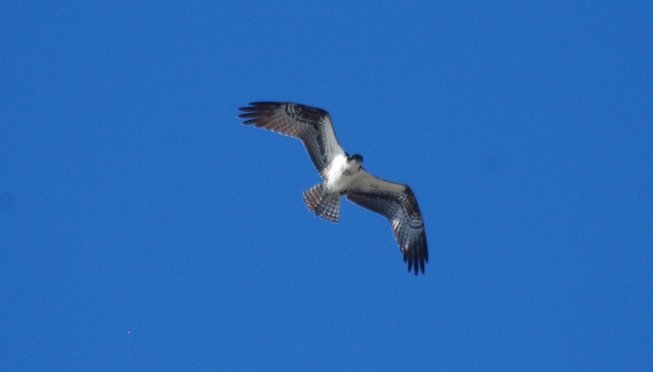 For us, the Osprey is a summer resident, and we have records of Ospreys spanning the period from mid-April until the end of September. The Osprey (Pandion haliaetus) is one of the most widely distributed birds in the world, occurring on all continents except for Antarctica. As one might guess from some of their other common names, Fish Hawk or Fish Eagle, their diet is mostly fish. That being said, the pair that use nearby Viaduct Flats spend a lot of their time taking large American Bullfrog (#203) tadpoles to feed their young. Watching foraging Ospreys has high entertainment value, both in watching their impressive dives to the water to grab fish just below the surface, and seeing them interact with Bald Eagles (#51) that often steal their catch from them.
Phidippus johnsoni is the largest jumping spider that we have seen on Leaning Oaks and is one of the largest on the west coast. The teal chelicerae are particularly striking. P. johnsoni is the most common jumping spiders in the west, its range extending from northern Mexico, east to the Great Plains and north to southern Canada. Despite that, there are others that we have seen here more frequently. They feed mainly on flies, other spiders and will eat aphids (yay!) . The tubular silken nests are located under rocks or wood are two to three times greater than the length of the spider's body. They remain in the nests at night, copulate in the nests and will remain in a nest for approximately two days pre-molt and six days post molt. They will use the same nest for up to 33 days (Jackson 1979). If you are looking up anything on the biology of Johnson's Jumping Spiders or Red-backed Spiders as they are known in some places, you will run into Robert Jackson's papers from the late '70s an early '80s; someone with keen observational skills and natural history interest. At least for this species! These are both females at different molts. The males are solid red, whereas the females have the black stripe up the middles with varying amounts of design. The female on the right has had fewer molts than that on the left. They may have six to eight molts, males will have seven to nine (Jackson 1978). These both were found at the same time within a metre of each other so I am curious if siblings will molt at different rates. Jackson, R. R. 1979. Nests of Phidippus johnsoni (Araneae : Salticidae) : Characteristics, pattern o f occupation, and function . J . Arachnol . 7 :47-58 .
Jackson, R. R. 1978 . The life history of Phidippus johnsoni (Araneae : Saltiicidae). J. Arachnol. 6 :1-29 Once in a while we hear of sightings of Black Bears on the Saanich Peninsula, but we seldom see any evidence of this large carnivore at Leaning Oaks. That changed in the fall of 2016 when I nearly ran into a large black bear at the bottom of our driveway. Fortunately it turned and ran into the woods immediately and seems to be very wary of humans. Unfortunately, it has also learned to knock over compost bins and rummage through the garbage and the recycling that has been put out at the curbside, which does not bode well for his continued coexistence in our neighborhood. Black bears (Ursus americanus)n Vancouver Island tend to be larger than the species is on the mainland, and active for a longer period of the year. Proper management of garbage, compost, and fruit trees tends to reduce human-bear conflicts and hopefully this particular bear can co-exist in our neighborhood.
|
AuthorsTwo biologists on a beautiful property armed with cameras, smart phones and a marginal knowledge of websites took up the challenge of documenting one species a day on that property. Join along! Posts and photographs by Leah Ramsay and David Fraser (unless otherwise stated); started January 1, 2014. Categories
All
Archives
May 2025
|
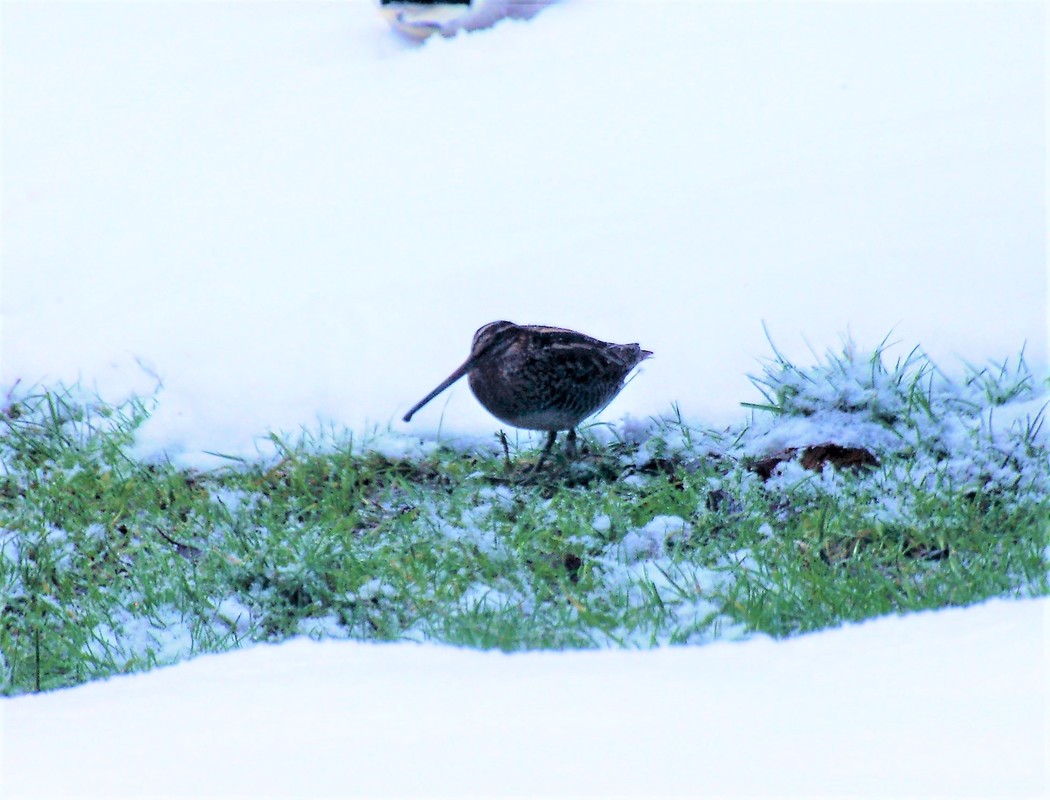
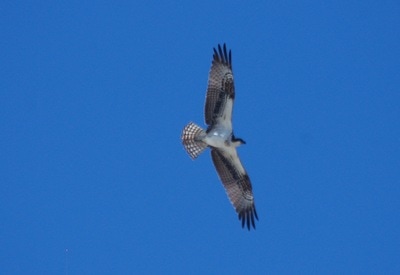
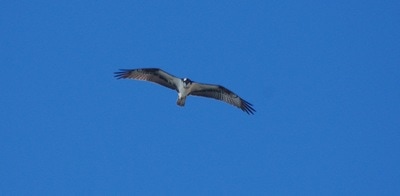
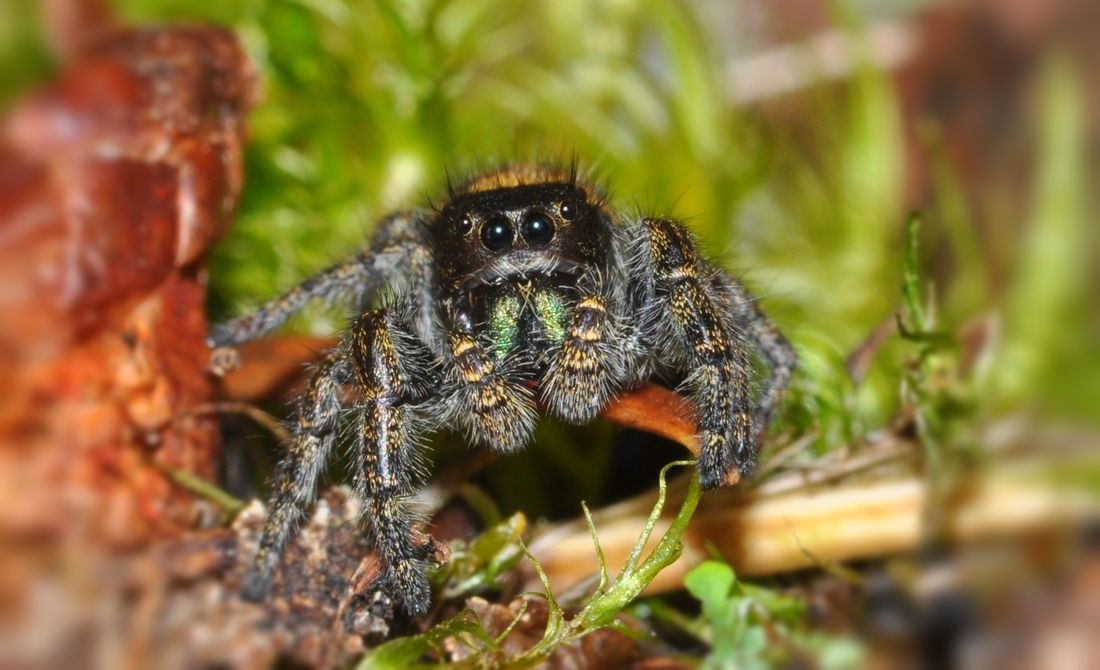
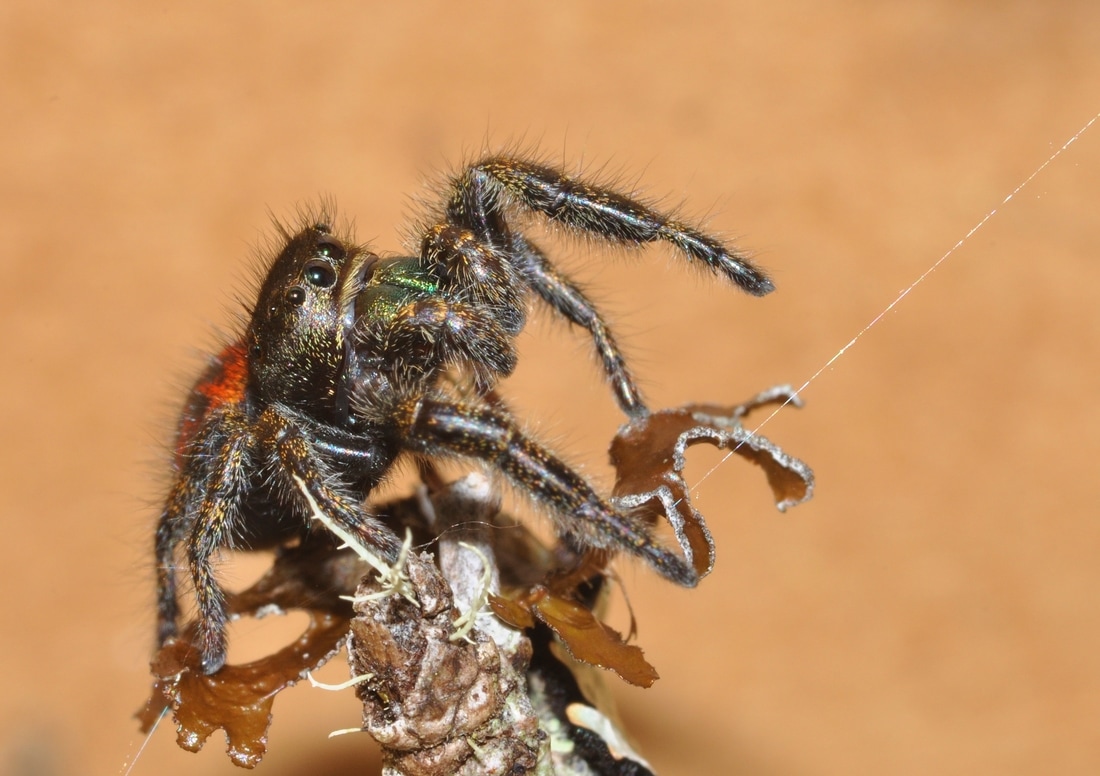
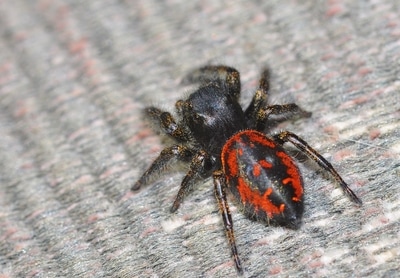
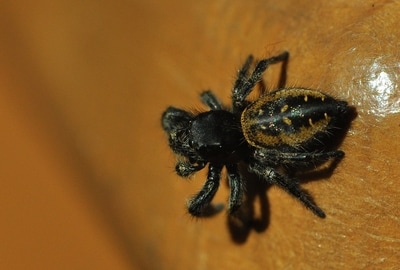
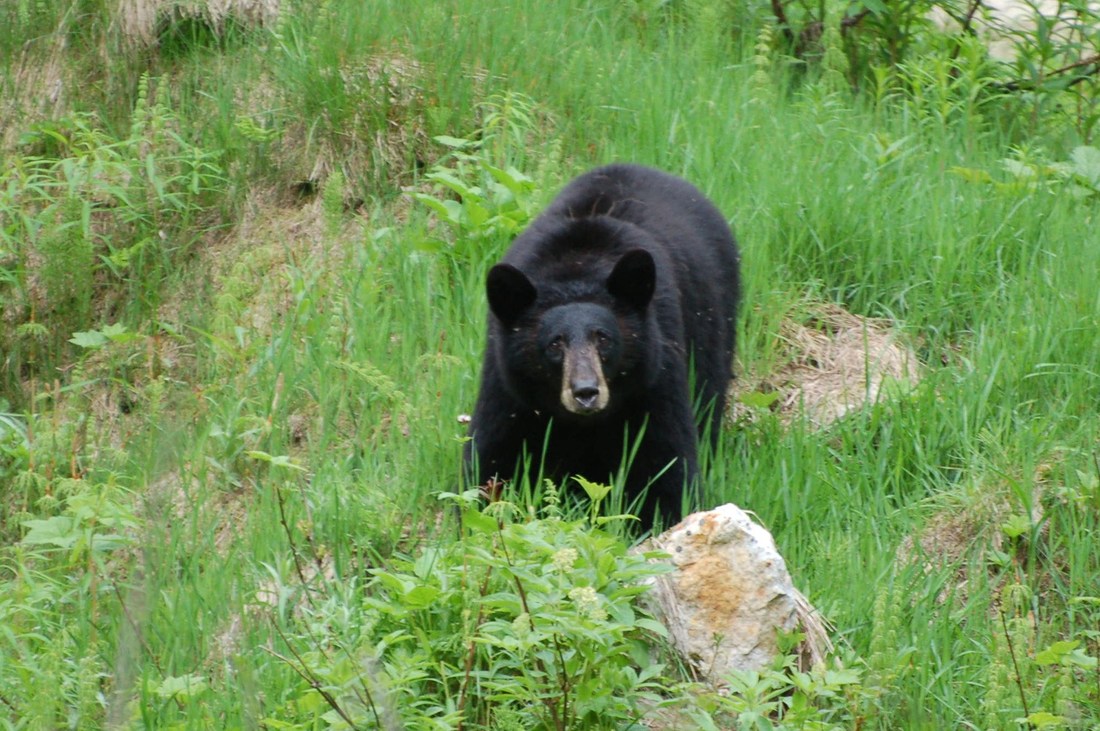
 RSS Feed
RSS Feed